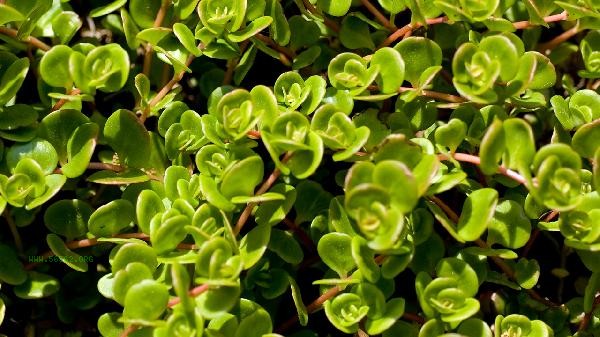Many white-collar workers nowadays have poor stomachs, often experiencing stomach pain, bloating, and acid reflux due to irregular eating habits. Since stomach diseases stem from the mouth, we can also prevent and regulate them through diet to nourish the stomach and prevent diseases. Below are some dietary therapy methods and dietary taboos for nourishing the stomach.
Three courses of Congee for stomach nourishing in spring
1. Sweet potato Congee
Take 100 grams of sweet potatoes, wash and peel them, cut them into 2 cm square pieces, put 150 grams of cleaned japonica rice into a pot, put them on a fire and boil them, then use a slow fire to cook them for 40 to 50 minutes until the sweet potatoes are ripe and rotten. Sweet potatoes are widely recognized as a cost-effective and delicious food that is suitable for both food and vegetables, as well as for fitness and longevity for all ages. It is rich in nutrients, especially carotenoids. Sweet potatoes not only maintain the elasticity of the human blood vessel wall, prevent arteriosclerosis and coronary heart disease, but also help with bowel movements, reduce the occurrence of colon cancer, and regulate the acid-base balance of food consumed by the human body. In addition, sweet potatoes can nourish the spleen and stomach, benefit the color, and make people look ruddy and shiny, so they are also called beauty Congee.
2. Celery Congee
Wash 120g celery with roots and leaves (leaves are more nutritious than rhizomes), cut it into 2cm long segments, and put it into a pot together with 250g clean japonica rice. Add appropriate amount of water, boil it with hot fire, transfer the fire to boil it again until the japonica rice is rotten into Congee, stop fire, and add appropriate amount of monosodium glutamate and salt. Celery can be divided into water celery and dry celery, and is available in all seasons. During the low season of early spring vegetables, fresh and tender celery is one of the most popular vegetables for people. It can be stir fried, cold mixed, and used as stuffing to cook Congee. Celery is rich in nutrients, especially with high calcium and phosphorus content, making it suitable for children with vigorous growth and development to consume. According to research, celery has the effects of lowering blood pressure, stabilizing the central nervous system, and anti spasms. It is also suitable for middle-aged and elderly people with arteriosclerosis, hypertension, and neurasthenia.
3. Leek Congee
First, pour 100g of cleaned japonica rice into the pot, add some water, boil it with fire, then add 50g of washed and chopped leeks, and cook it gently until the japonica rice is ripe and rotten into Congee. Leeks have been a delicious vegetable since ancient times, and Li Shizhen once praised them as "the most beneficial among dishes". It contains a very rich variety of vitamins, sugars, proteins, especially high levels of carotenoids and vitamin C, ranking among the top vegetables. Eating chives emphasizes the season, "spring food is fragrant, summer food is smelly". Eating chives in spring has the effects of spiciness, promoting yang, and enhancing hair growth. Some of the substances contained in chives also have seasoning and antibacterial effects. In addition, people with poor gastrointestinal health should pay attention to the following points in their diet:
In addition, people with poor gastrointestinal health should pay attention to the following points in their diet:
1. Do not overeat, eat small meals frequently;
2. Do not eat food that is too hot or too cold, especially in summer, do not eat ice cream, chilled beer, or beverages;
3. Do not drink or smoke;
4. Do not eat too much spicy food, such as chili peppers, garlic, etc;
5. Do not eat difficult to digest foods to avoid adding burden to the stomach, such as chives. Some people also have adverse reactions to green peppers.




Comments (0)
Leave a Comment
No comments yet
Be the first to share your thoughts!